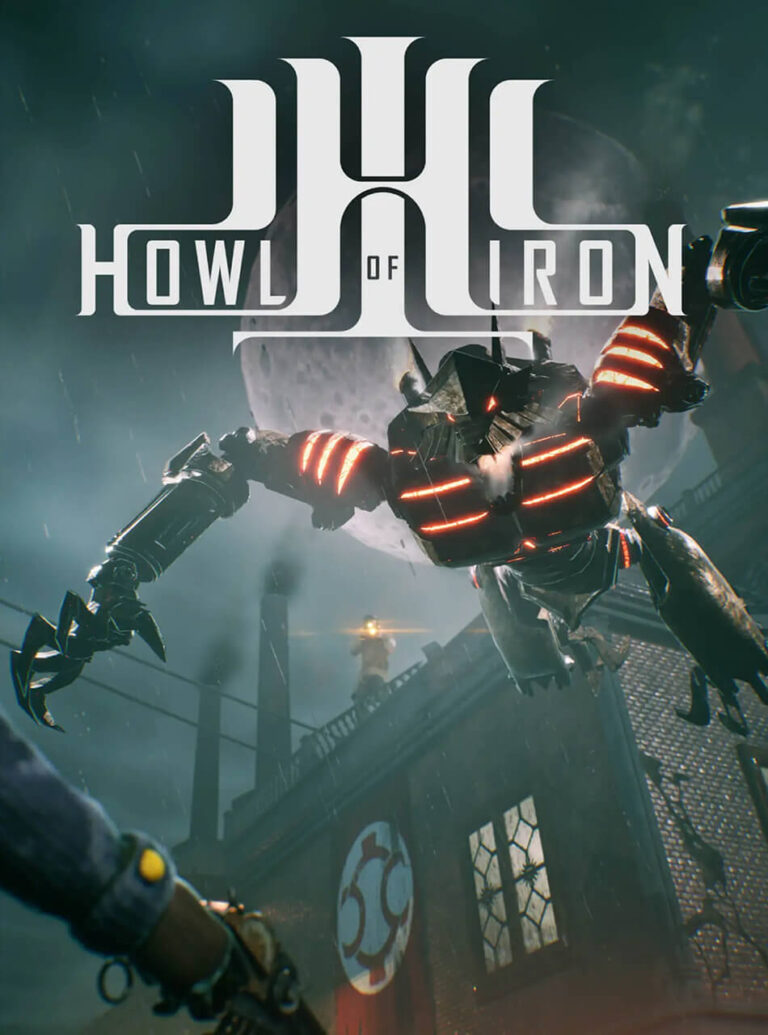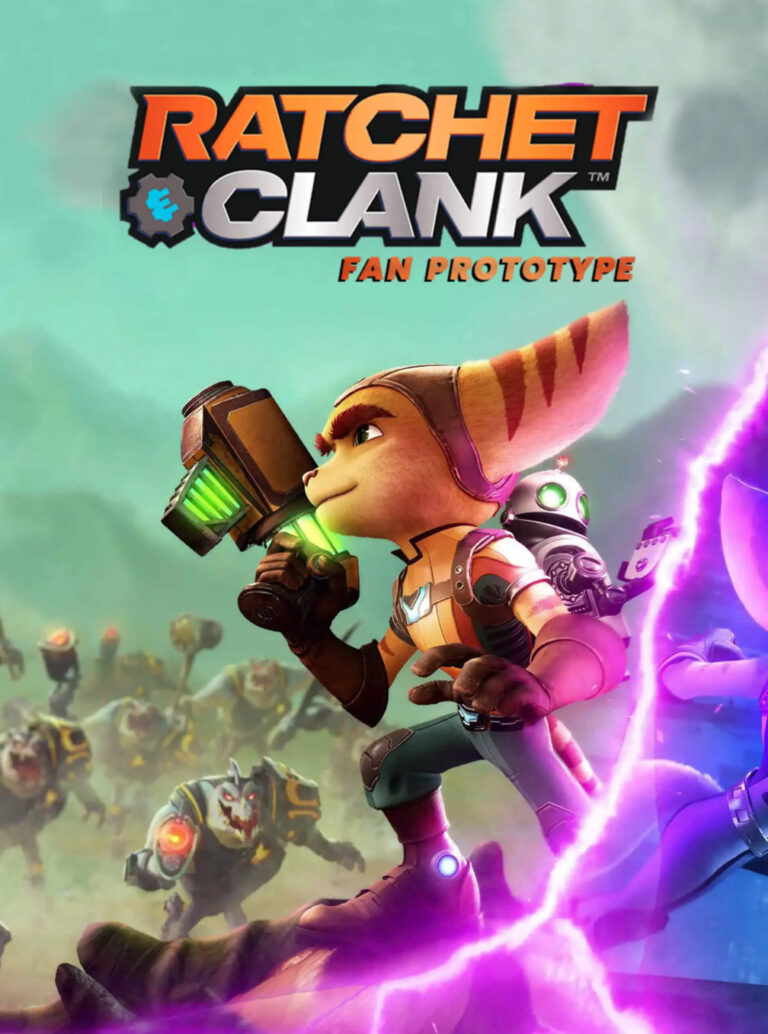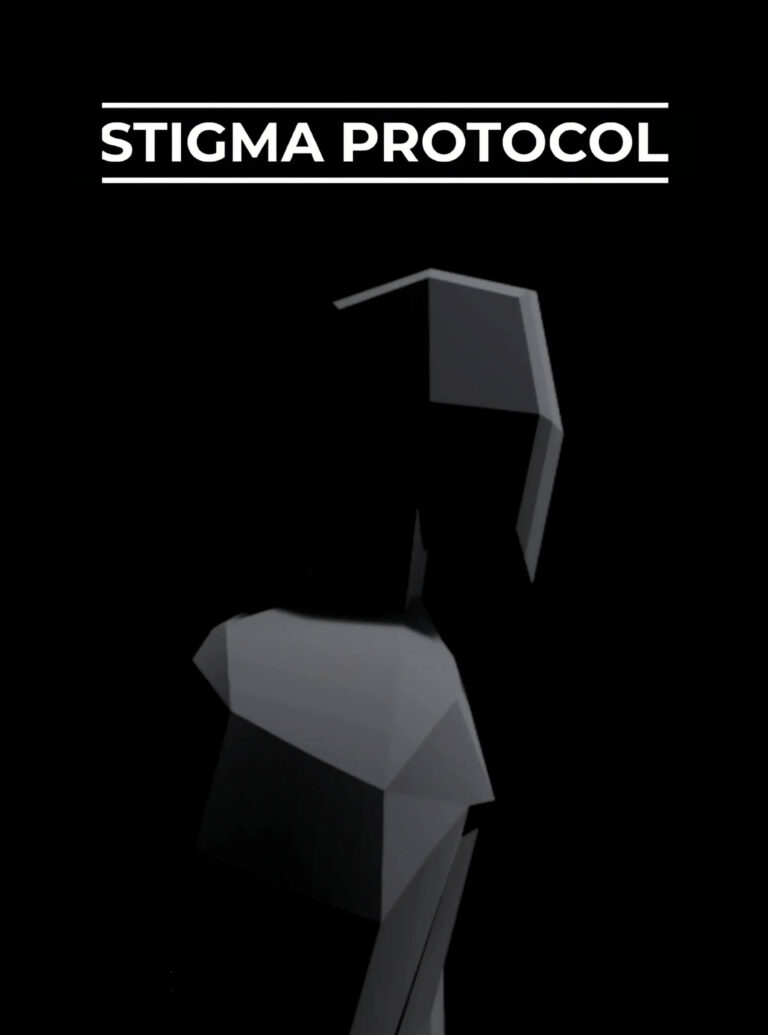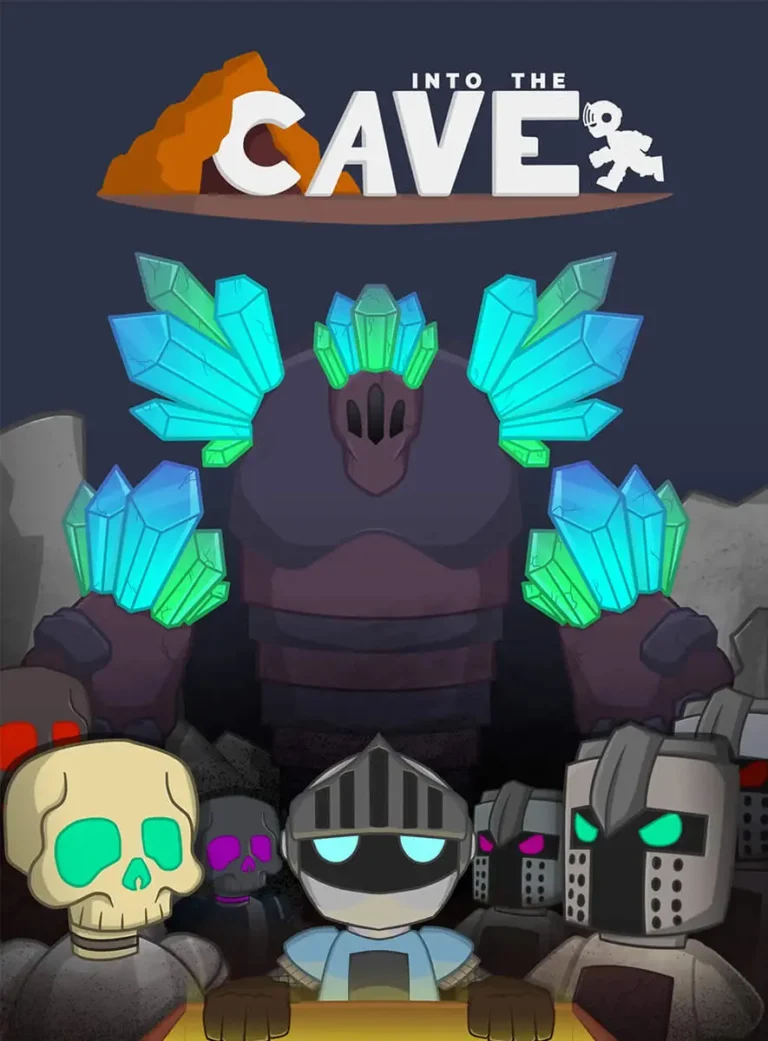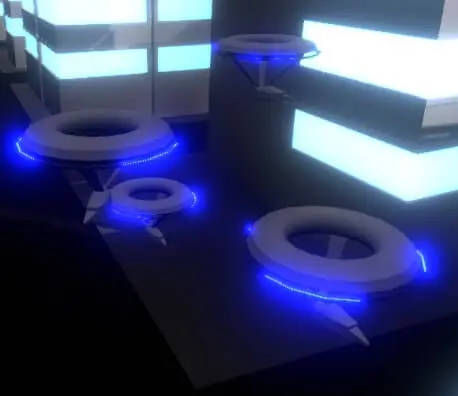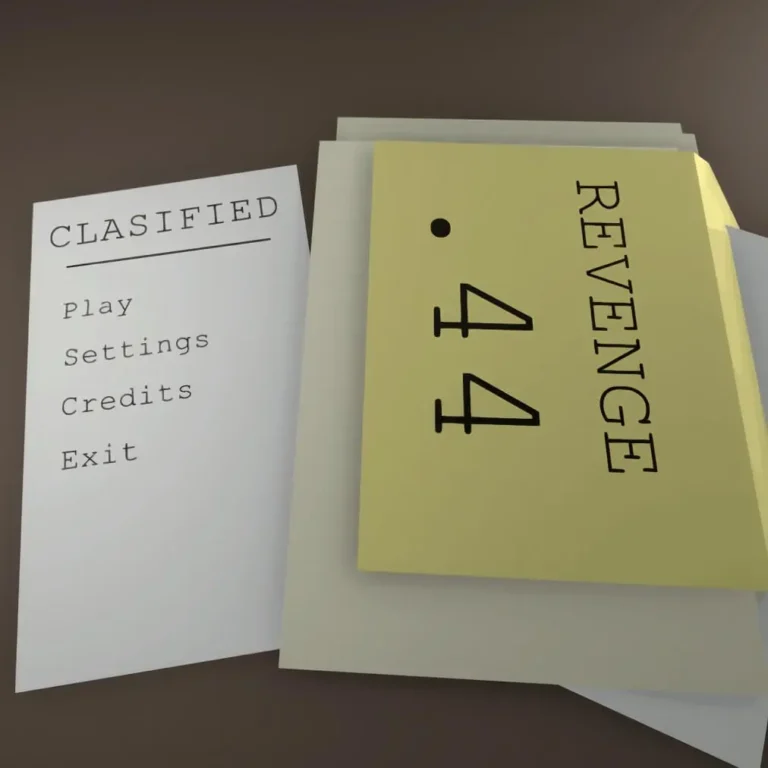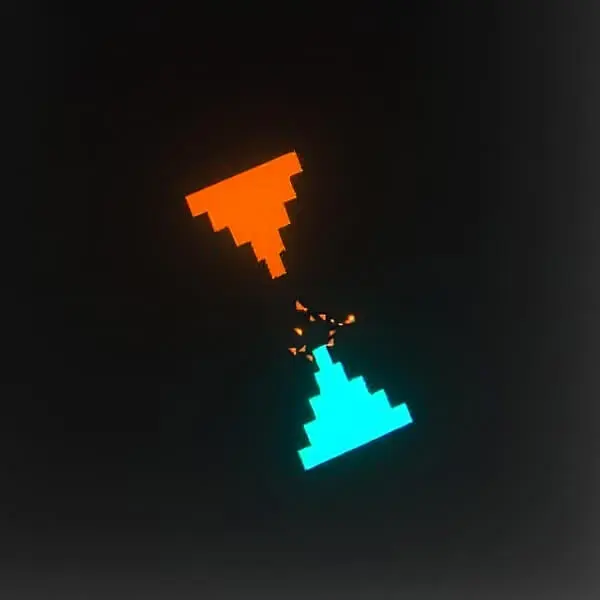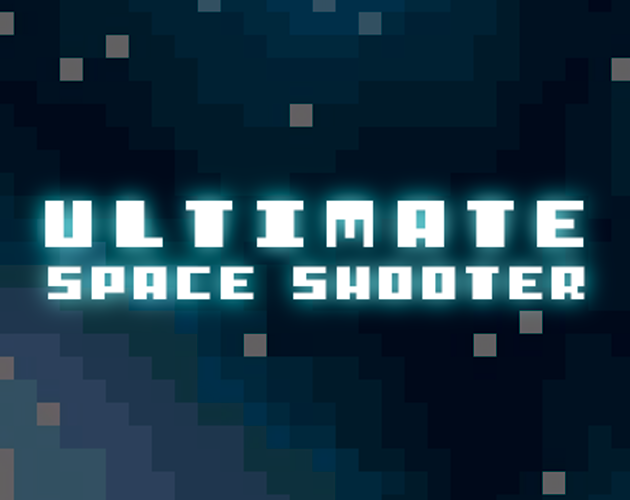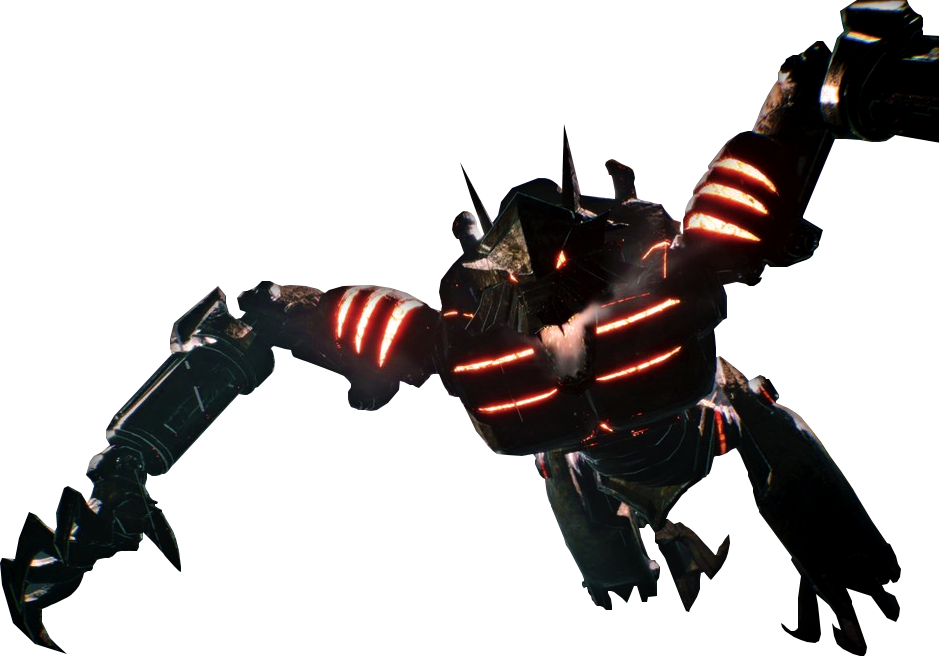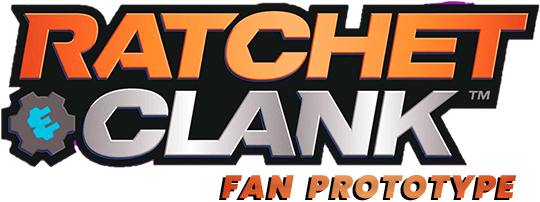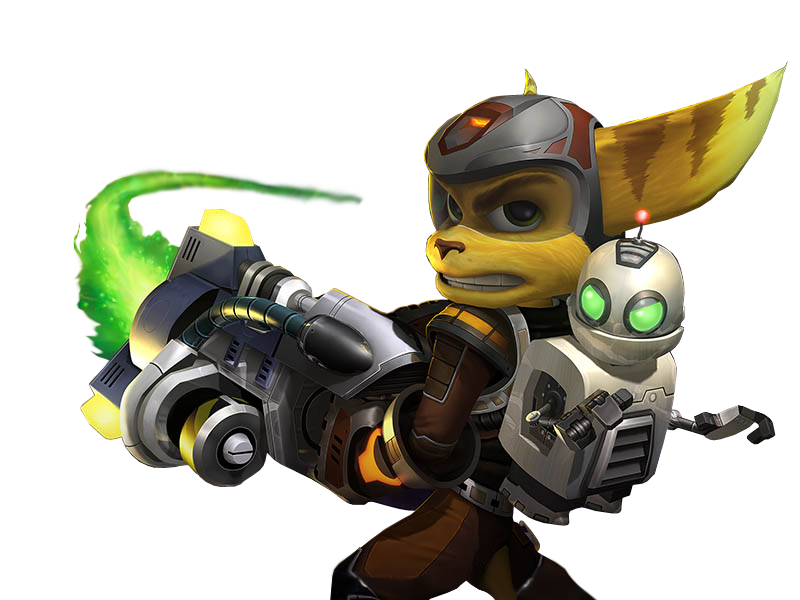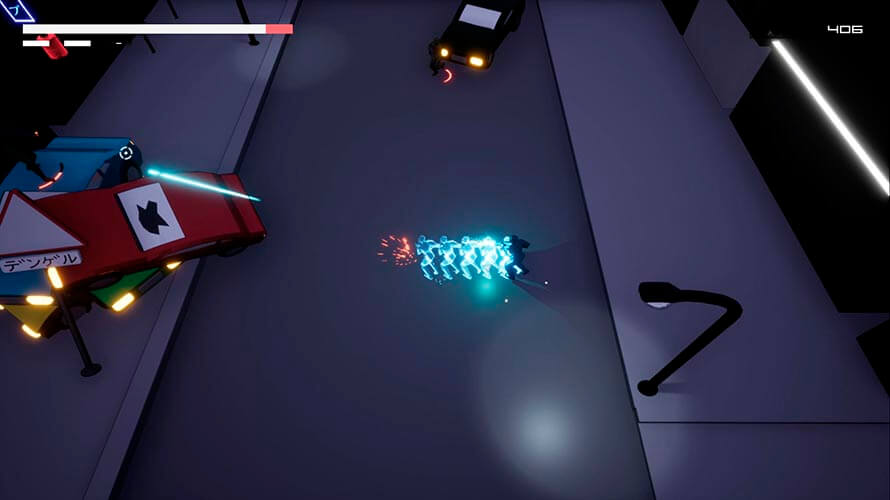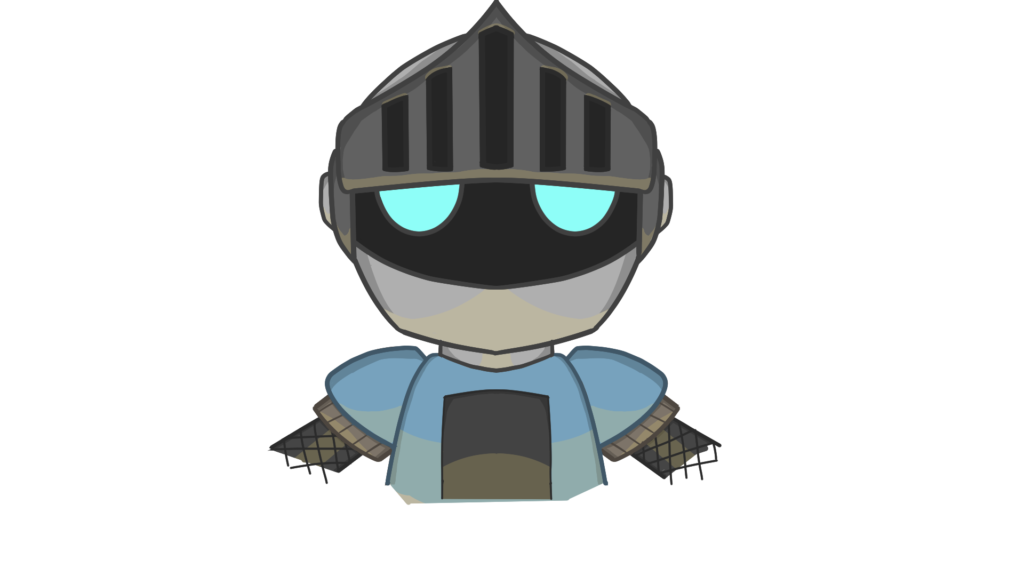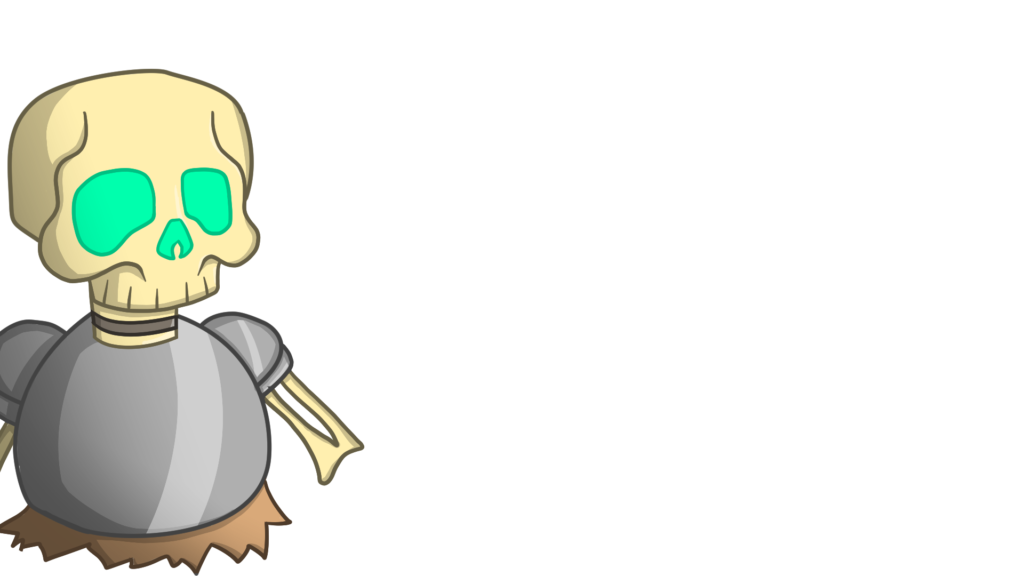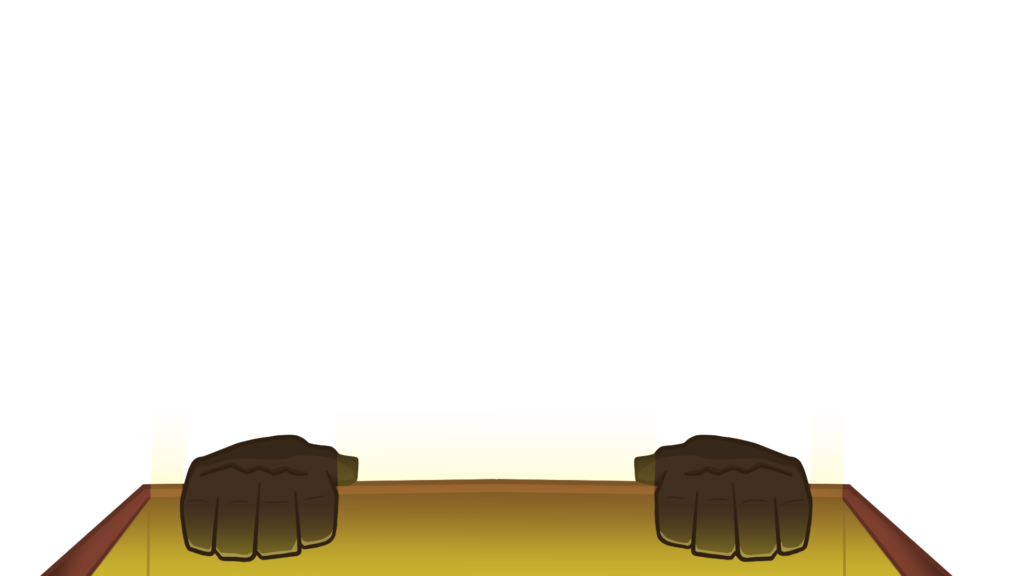Non-commercial Games
All the personal projects I have worked on.
Non-commercial Games
Howl of Iron
(2022)
This project stands out for being a Prove of Concept as a TFM of the Master’s Degree in Game Design.
Howl of Iron is a Third-Person combat game starring a Mechanical Werewolf. Made with Unreal Engine 4.
Task Overview
- Designed and prototyped game mechanics, combat, UI and enemies: Attacks, Climbing System, Finishers, Enemy Alert System, Enemy AI, etc.
- Developed tools for Level Designers and Artists: Custom Trigger System, Custom Mesh Actor, Mesh Replacer, etc.
Ratchet & Clank - Unreal Engine Prototype
(2021)
This is a Ratchet & Clank prototype made with Unreal Engine in one week.
This personal project source code is fully available on GitHub.
Task Overview
- Designed and implemented all the game mechanics and systems, including, among others: Locomotion and exploration mechanics (platforming, attacks and weapons), Data-Driven spawn system (enemies and items), Rigging and Animations, Level Design (test arena and fully playable level).
Stigma Protocol
(2020 - 2021)
My TFG project. Stigma Protocol is a Vertical Slice done as a final project for my Bachelor’s Degree in Game Design and Development. Stigma Protocol is an isometric Twin Stick Shooter with RPG and Souls-Like elements. Made with Unreal Engine 4.
Task Overview
- Designed the whole game: Enemies, systems, level, weapons, upgrades, etc.
- Developed tools for building positioning (level design).
Into the Cave
(2020 - 2021)
Into the Cave is an Isometric Multiplayer Rogue-Lite for browsers, made with Unity.
During the development of this game, I designed and implemented the main mechanics and the UI.
Task Overview
- Designed the game mechanics, including the weapons, enemies and skills.
- Programmed in Unity the character handling, transitions and interfaces.
- Implemented the multiplayer using Photon Pun 2.
Cathartic Future
(2020)
3D Animation subject project qualified with honors. Made with Unity & 3DsMax.
Task Overview
- Character Rigging, 3D Animations, Physics System (cords and elastic meshes).
Shinobi No Noboru
(2020)
Multiplayer arcade game for browsers where players must jump from log to log to evade falling down.
Task Overview
- Scripting using Phaser 3 and Javascript, Core Design, User Interface.
Revenge .44
(2020)
My first 3D game. Winner of the URJam 2020. FPS where the player must avenge his family. Made with Unity.
Task Overview
- System design, UI, documentation and management.
Triangles.exe
(2019)
This game is a Overhead Dungeon Shooter I developed with Unity in 48 hours as a personal challenge.
Task Overview
- System design, scripting, documentation, management and level design (10 levels).
Orickgins
(2017-2018)
Orickgins is a 2D Overhead Shooter developed during the first year in the Bachelor’s Degree.
Task Overview
- System design, scripting, documentation, management, level design (8 levels).
Ultimate Space Shooter
(2022)
Example game developed to show the functionalities of my Unreal Engine Asset: Bullet Hell Editor.
